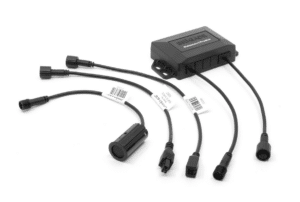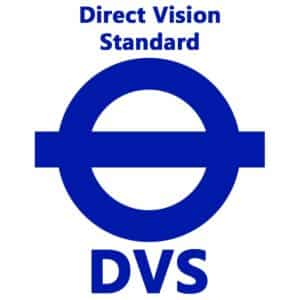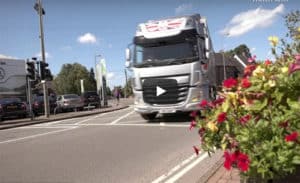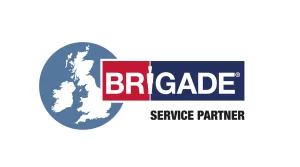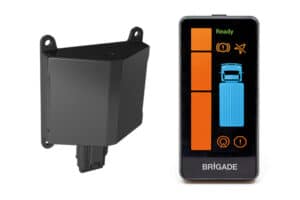
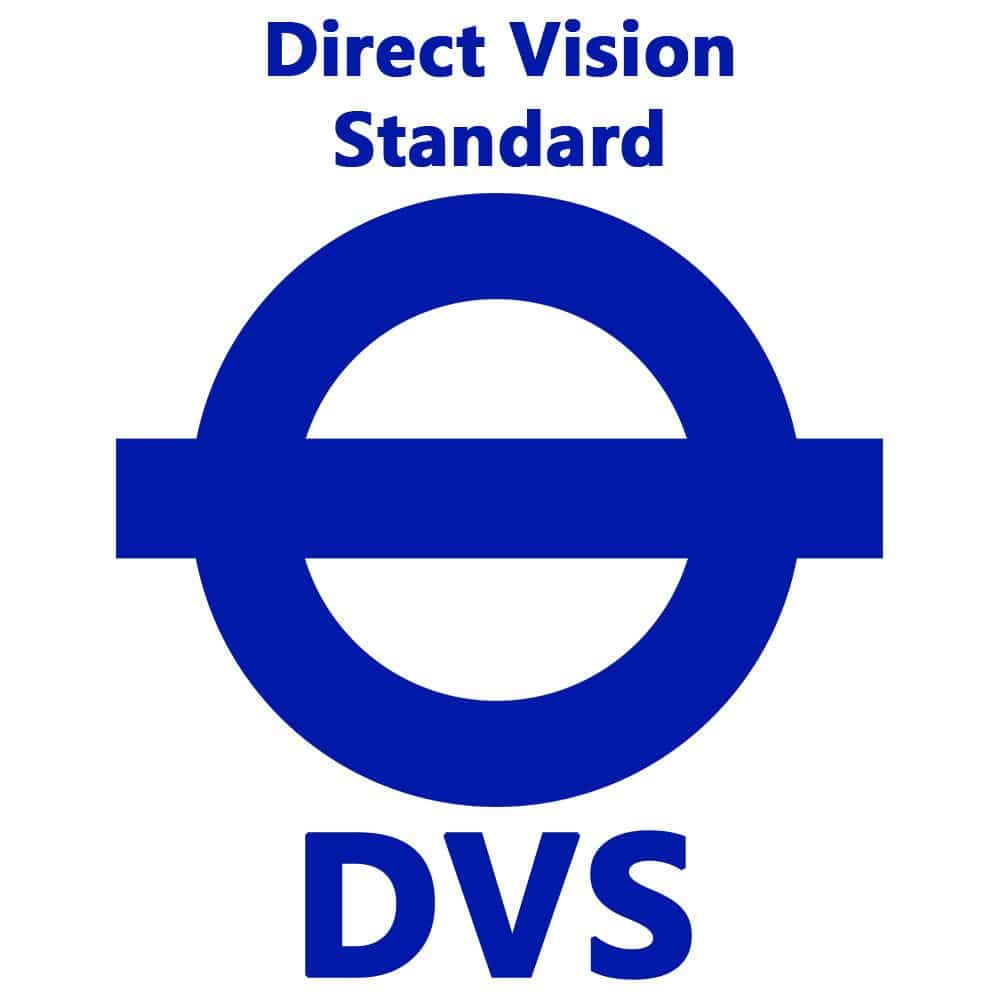
Since it was introduced in March 2021, many heavy goods vehicle operators have found it challenging to grasp DVS and its safety requirements.
Do you know the Direct Vision Standard (DVS) star rating of your heavy goods vehicle? Does your HGV meet DVS safety requirements?
These are important questions, but without an in-depth knowledge of DVS and HGV Safety Permits, they mean little.
If you find yourself struggling with these issues, you’re in the right place.
Below, you’ll discover everything you need to know about DVS, its purpose, regulations, and how to obtain a Direct Vision permit.
Direct Vision Standard requires all heavy goods vehicles over 12 tonnes to hold a DVS safety permit to operate in the Greater London area.
DVS measures how well HGV drivers can see when looking directly through a cab window.
It operates on a star system from zero stars (lowest) to five stars (highest). A driver will receive a star rating based on how much they can see when looking directly through their cab windows.
DVS aims to eliminate blind spots from HGVs, protecting the safety of vulnerable road users such as pedestrians, cyclists, and motorcyclists.
The DVS permit is part of the Mayor of London’s ‘Vision Zero’ plan to eliminate all deaths and serious injuries on London’s transport network by 2041.
DVS operates 24 hours a day, seven days a week. All HGVs are monitored and recorded on ANPR cameras that capture the licence plate and registration of each vehicle operating throughout Greater London.
These vehicles will be instantly checked against a database of records. Any vehicle without a Direct Vision Standard safety permit will be issued a £550 fine.
As we know, all HGVs must have a star rating under the Direct Vision Standard’s rating system. To apply for a safety permit, your vehicle must meet a minimum of a one-star rating
Click here to check whether TfL holds a DVS star rating for your vehicle. If the star rating is not available, then phone or email your vehicle manufacturer with the VIN of your HGV.
If your HGV does not possess a rating or fails to meet the one-star minimum, you’ll need to complete the Progressive Safe System requirements. It’s important to note that this one-star minimum will rise to three in 2024.
The Progressive Safe System is an updated version of existing safety standards to account for improved technology.
The Progressive Safe System has specific requirements that must be retrofitted to your vehicle. These safety requirements comprise of:
As mentioned earlier, the Progressive Safe System is essential for all HGVs that fall below the one-star minimum rating.
Once you’ve received at least a one-star rating for your HGV or have had a Safe System installed, you’ll be able to process your permit application on the Transport for London website.
If you’ve had a DVS Safe System installed, you’ll need to upload photographic evidence of the equipment on your vehicle when applying for your permit. This means the products must be fitted before making your application.
Your photos must adhere to the following guidelines:
Permits will be automatically issued through the TfL website once your application has been processed and approved.
To obtain an HGV Safety permit for your newly registered vehicle, it’s important to start the permit application process as early as possible. This applies even if your new number plate (vehicle’s registration mark) is unknown to TfL.
If you need clarification on whether TfL has your vehicle’s registration details, you can check your star rating here.
If you receive a ‘vehicle details not found’ message, you’ll need to check your vehicle’s star rating by reaching out to its manufacturer. Share the response from the manufacturer to TfL via the DVS ‘make an inquiry’ form on the TfL website.
When you receive your safety permit, its length will depend on your vehicle’s star rating:
At TNK Engineering Ltd, we offer a wide range of Progressive Safe System products so you can receive your HGV Safety Permit the hassle-free way.
You’ll find all the necessary equipment, from recording devices and cameras to warning signals and object detection, available to purchase on our website.
The best part? Our team of professionals will install your vehicle’s safety products for you.
Explore our online store featuring a range of TNK Engineering Ltd safety equipment available for shipping to the UK and beyond.

